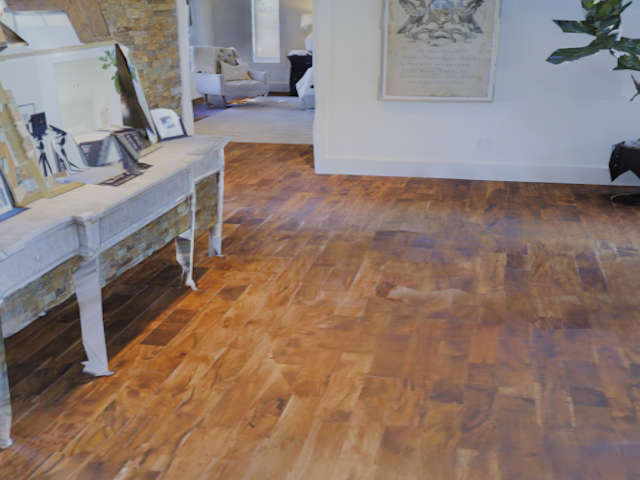Matterport3D

loader.Matterport3D, which can be used to load objects from the Matterport3D dataset.
We provide a general script to download the .obj files. However, before this can be used, one has to agree to the Terms of Use. See this page for the agreement: https://niessner.github.io/Matterport/.
After the people behind Matterport3D accept your form, they will send you an e-mail that contains two files.
1.download_mp.py file
scans.txtfile
Download both files and save them onto your disc. You will need both of them for the download. Then you can execute the download:
blenderproc download matterport3d <PATH_TO_DOWNLOAD_MP_FILE> <PATH_TO_SCANS_TXT_FILE> <MATTERPORT3D_FOLDER_PATH>
Usage
Execute in the BlenderProc main directory:
blenderproc run examples/datasets/matterport3d/main.py <MATTERPORT3D_FOLDER_PATH> examples/datasets/matterport3d/output
examples/datasets/matterport3d/main.py: path to the python file with pipeline configuration.<MATTERPORT3D_FOLDER_PATH>: path to the downloaded Matterport3D datasetexamples/datasets/matterport3d/output: path to the output directory.
Visualization
In the output folder you will find a series of .hdf5 containers. These can be visualized with the script:
blenderproc vis hdf5 examples/datasets/matterport3d/output/*.hdf5
Steps
The
Matterport3DLoaderloads the objects, which are stored in this one.objfile, the function automatically separates the floor from the object.
Python file (main.py)
Matterport3DLoader
# Load a random Matterport3D room
objects, floor = bproc.loader.load_matterport3d(args.matterport3d_data)
This loads the Matterport3D data object, specified via the matterport3d_data.
There are no category_id set for the objects, as these are not contained in the .obj files.
The floor object returned by the function is used in the camera sampling portion to find good spots for camera poses.
CameraSampler
# Init bvh tree containing all mesh objects
bvh_tree = bproc.object.create_bvh_tree_multi_objects([objects, floor])
poses = 0
for try_counter in range(10000):
location = bproc.sampler.upper_region([floor], min_height=1.5, max_height=1.8)
# Check that there is no object between the sampled point and the floor
_, _, _, _, hit_object, _ = bproc.object.scene_ray_cast(location, [0, 0, -1])
if hit_object != floor:
continue
# Sample rotation (fix around X and Y axis)
rotation = np.random.uniform([1.2217, 0, 0], [1.2217, 0, 2 * np.pi])
cam2world_matrix = bproc.math.build_transformation_mat(location, rotation)
# Check that there is no obstacle in front of the camera closer than 1m
if not bproc.camera.perform_obstacle_in_view_check(cam2world_matrix, {"min": 1.0, "no_background": True},
bvh_tree, sqrt_number_of_rays=20):
continue
# If all checks were passed, add the camera pose
bproc.camera.add_camera_pose(cam2world_matrix)
poses += 1
if poses == 5:
break
We sample here five random camera poses, where the location is above the object floor. So all cameras will be sampled above the floor, with a certain height. In the end, we perform a check that the sampled pose is directly above a floor and not an object.
Be aware that it might be possible, if the values are too high, that the CameraSampler will try for a very long time new poses to fulfill the given conditions. Best is always to check with low values and then increasing them until they don’t work anymore.